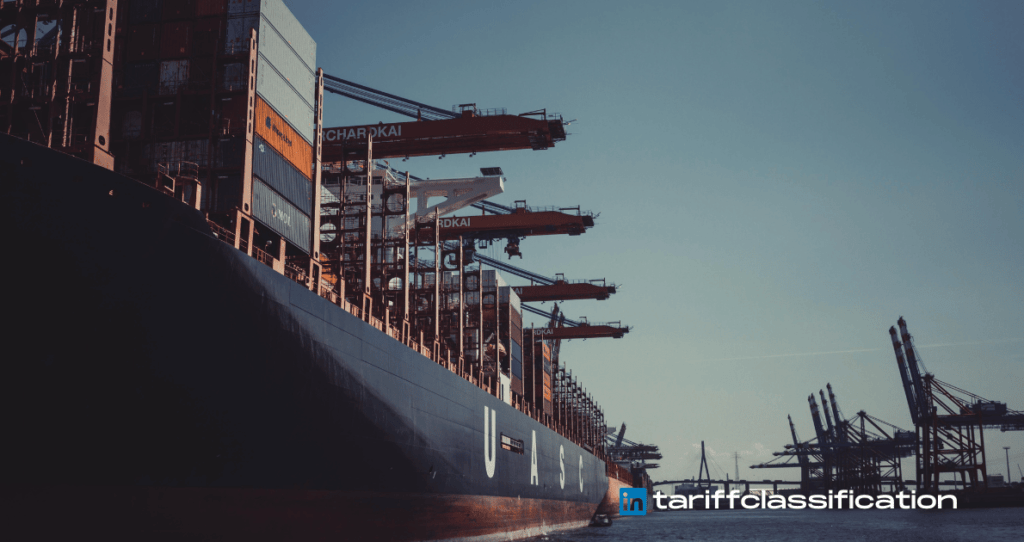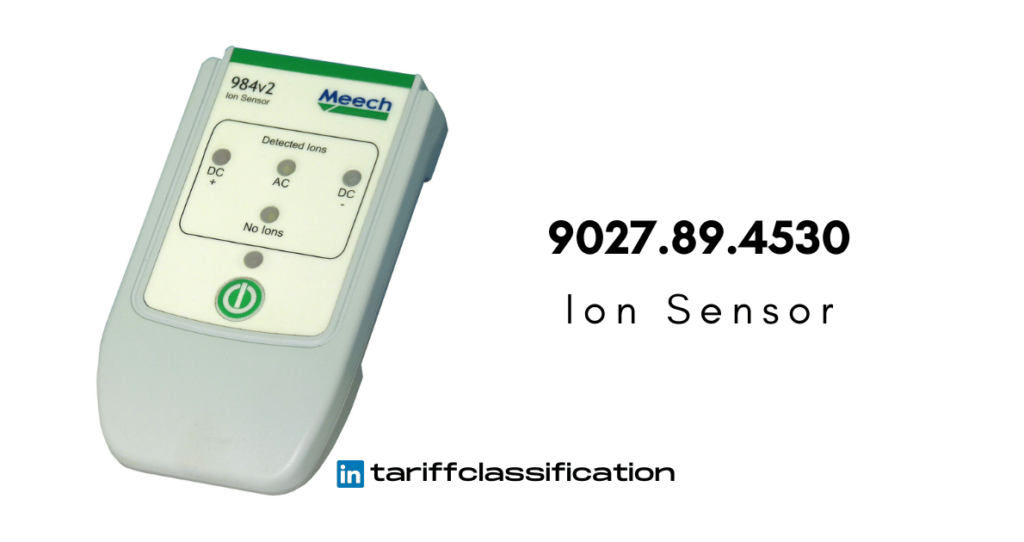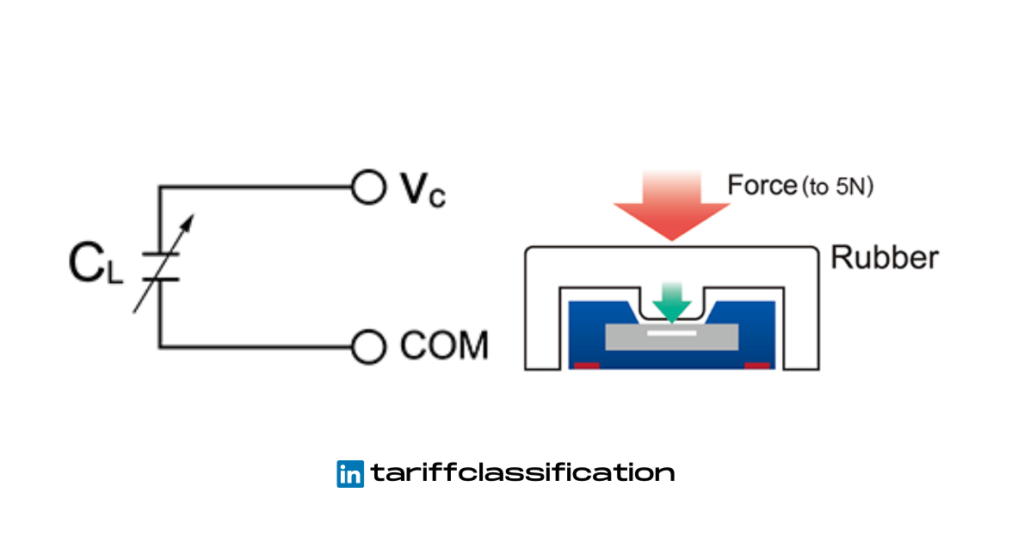Tariff Classification of The “Candy Pop Nail Stamper”
The Candy Pop Nail Stamper is the ideal apparatus for creating distinctive nail art at home. The set includes a plastic scraper, two bottles of nail polish, a stainless steel plate with designs, and a manual stamp. You may easily transfer the designs from the plate to your fingernails with the aid of this unique […]
Tariff Classification of The “Candy Pop Nail Stamper” Read More »









